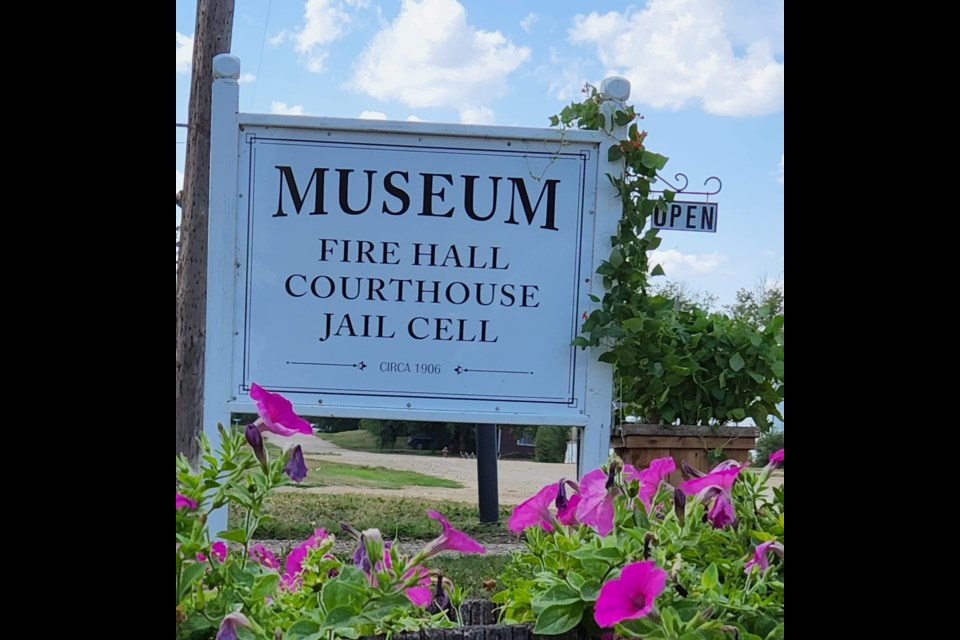Located in a historic old fire hall, the Mortlach Museum features a fascinating array of artifacts that tell the tales of the early pioneers and nearby Aboriginal settlement since the community’s founding in 1902.
Among other things, the museum showcases a courthouse and jail cell that both used to operate in town. Tourists can take home a memorable keepsake from the old jail by posing for a picture inside the structure.
There is no doubt that posing for a photo is probably preferable to sleeping in a drafty old jail cell from 1911.
One of Mortlach’s first pioneers was Khamis Michael, an immigrant from Iraq. Some of his personal effects are on display at the museum, such as an artifact called a samovar, which is used to boil water for tea and is a staple in many Middle Eastern homes.
Michael also constructed one of the town’s first buildings, which became the Wagons West Restaurant. This building still exists and is across the street from the museum.
New this year are in-depth displays featuring the artworks of Casey Jones and Fred Lahrman.
Jones extensively painted many subjects, focusing on Aboriginal chiefs and First Nations camps. A carpenter for Canadian Pacific Railway, Jones was interested in the Sioux and often visiting a camp south of Mortlach to sketch their chiefs.
The Moose Jaw Museum and Art Gallery currently houses many of his paintings, so volunteers with the Mortlach Museum photographed some of those works and created a display at their venue.
Jones’ interest in First Nations extended to collecting and identifying artifacts such as spear points and arrowheads on the Prairies.
During the Dirty Thirties, the windstorms blew away the topsoil, revealing many relics from Aboriginal people. Jones was an amateur archaeologist and recognized the importance of the artifacts. He began collecting them and eventually built a large collection.
Jones determined that many arrowheads and spearpoints were similar to those found in New Mexico. This means a migration path likely existed from the southern United States to Western Canada and vice versa.
Some of Jones’ relic collection is on display at the Glenbow Museum in Alberta, while the Moose Jaw Public Library archives also holds some items.
Meanwhile, the Mortlach Museum’s art display about Lahrman looks at his work as a naturalist, his efforts to re-establish the Canada goose population when it was plummeting and his comprehensive whooping crane conservation work.
As a boy, Lahrman hooked a string to his box camera to take close-up photos of young burrowing owls. One picture is on display at the museum. Also, some of his artwork and dioramas are part of the Saskatchewan Museum of Natural History’s background scenes.
The Mortlach Museum remains open until the Labour Day long weekend. For more info, call 306-355-2319.




